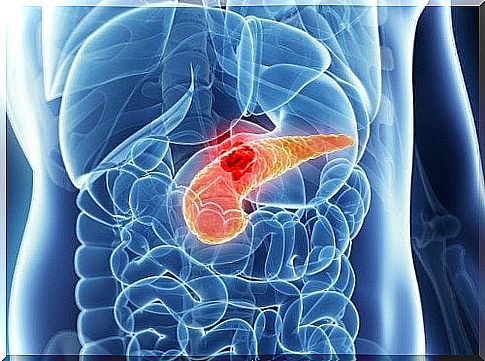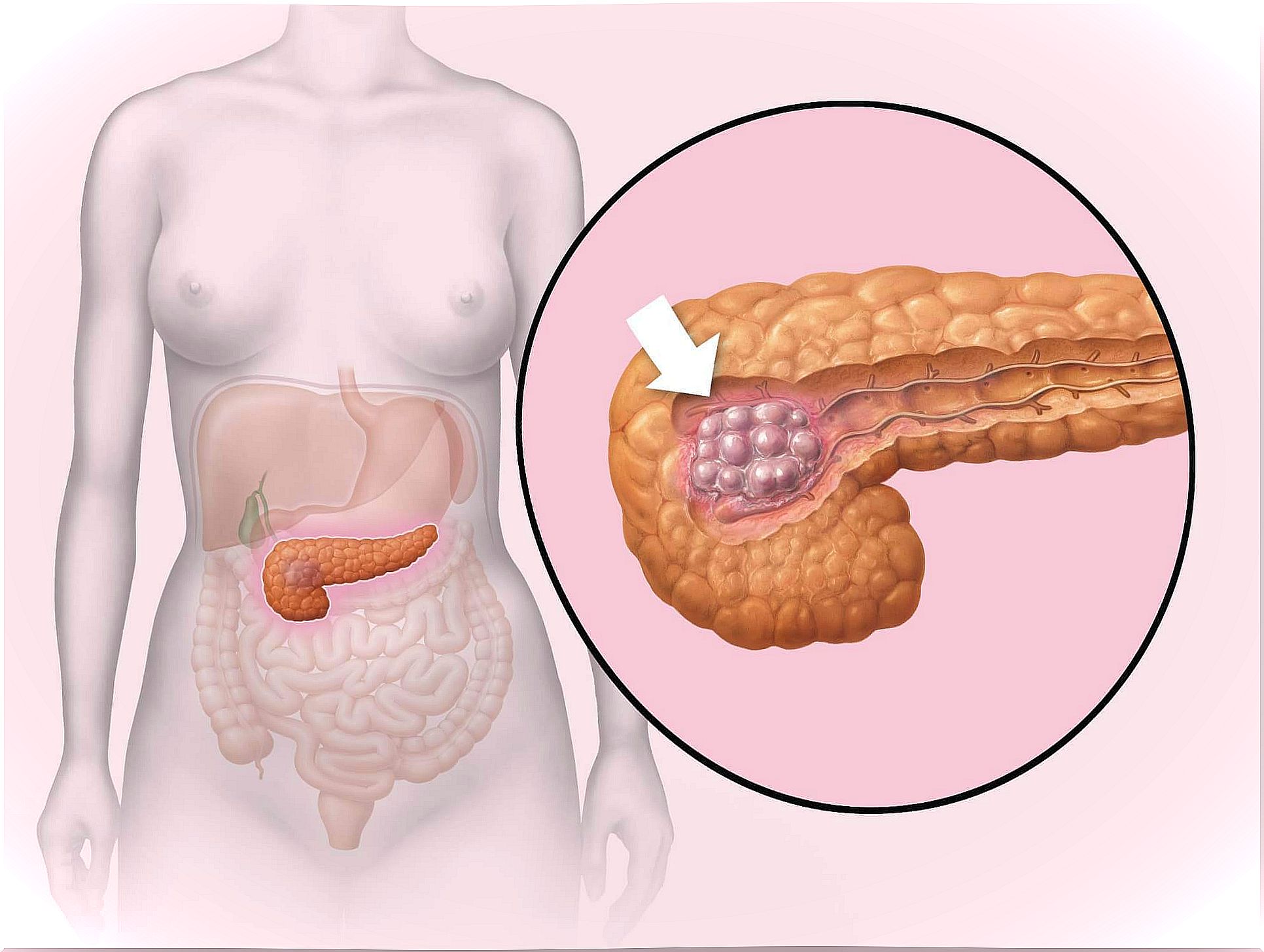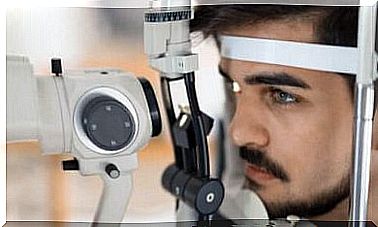First Symptoms Of Pancreatic Cancer
Among the main symptoms of pancreatic cancer it is possible to highlight: constant fatigue, sudden and unexplained weight loss, jaundice, pain in the area pancreas, among others.

Pancreatic cancer is a disease that affects both men and women and can appear at any age of life. However, it is generally more common in men of a certain age.
The cause has not yet been determined, but several risk factors play a role in the development of this disease. Notably, age, smoking, obesity, diabetes, and pancreatitis, among others.
Some data on the pancreas
The pancreas is an elongated organ that sits behind the stomach. It performs important functions in the maintenance of our body.
In this way, we can differentiate two types of cells in the pancreas :
- Endocrine: They appear in the form of islets of Langerhans and produce hormones that are released directly into the blood. Normally, they produce insulin and glucagon, compounds capable of regulating the amount of glucose in the blood stream.
- Exocrine: These cells make enzymes that travel to the duodenum through tiny ducts. They unite to form the pancreatic duct, which in turn unites with the bile duct (coming from the liver) to the small intestine. The enzymes produced work together to digest certain nutrients such as lipids or fats.
What are the types of pancreatic cancer?

There are two types of pancreatic cancer depending on the type of cells affected. So we find:
- Exocrine pancreatic cancer: This is the most common subtype of pancreatic cancer. In most cases, it develops from cells that produce digestive enzymes.
- Pancreatic or neuroendocrine endocrine tumor (malignant or cancerous): it affects the cells of the islets of Langerhans which produce hormones and release them directly into the blood. We can tell the difference between different subtypes depending on the type of cell affected (see the most common symptoms).
What are the most common symptoms of pancreatic cancer?

AECC experts explain that, in its initial stage, people with pancreatic cancer usually do not have symptoms.
However, as the disease progresses, different symptoms may appear. For example, inexplicable weight loss, jaundice, diabetes, pain in the pancreas area, constant fatigue, nausea and vomiting, among others.
On the other hand, symptoms can vary depending on the type of pancreatic cancer that the patient has. Thus, we can distinguish between:
Exocrine pancreatic cancer:
- General fatigue or weakness
- Nausea and vomiting
- Inappetence or loss of appetite. This often results in unintentional weight loss in the patient.
- Increase in the size of the gallbladder and / or liver
- Abdominal discomfort that can spread to nearby areas (such as the back)
- Jaundice or yellowing of the skin: This is because the cancer is blocking the common bile duct, and as a result, bilirubin builds up.
- Bilirubin is a pigment produced by the liver which normally reaches the duodenum through this tube.
- Other related symptoms are darker urine or changes in stool characteristics.
Other hormonal symptoms
- Change in the texture of the patient’s fatty tissue. This disorder is caused by the poor release of pancreatic enzymes.
- Diabetes. In this case, the exocrine cells destroy the cells that synthesize insulin. As a result, the levels of glucose increase in the blood stream and the characteristic symptoms of this disease also occur.
- Mild changes in blood glucose levels.
Pancreatic or neuroendocrine endocrine tumor (malignant or cancerous): it depends on the type of cell that has developed the cancer. So we can find:
- Gastrinoma : the disease occurs in the cells that produce gastrin and causes its production to increase. Usually, this substance causes more acidic synthesis in the stomach. This disorder is also known as Zollinger-Ellison syndrome.
- Insulinoma. This tumor affects the cells that produce insulin, the level of which therefore rises in an uncontrolled manner. The symptoms produced are associated with hypoglycemia or low levels of glucose in the blood.
- Glucagonoma. In this case, the cancer is found in the cells that produce glucagon. Thus, the signals are associated with hyperglycemia or high levels of glucose in the blood.
- Somatostatin. Normally, somatostatin helps regulate other hormones. When this pathology appears, it is possible that the levels of these substances are generally altered.
- Cancer affecting the pancreatic polypeptide (PP). The production of this substance increases disproportionately. Normally, it helps regulate the functions of the pancreas.
- Cancer affecting the vasoactive intestinal peptide (VIP). It affects the cells that produce this substance. The most obvious symptom is diarrhea, which persists over time.
The doctor’s job
Once a person is diagnosed with pancreatic cancer, the doctor will indicate the various suitable treatment options. Depending on the case, he will present the patient with some specific or other alternatives. It should be noted that in some cases more than one type of treatment is used to treat the person.









